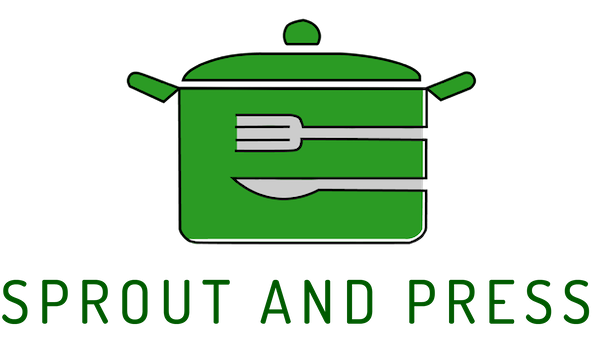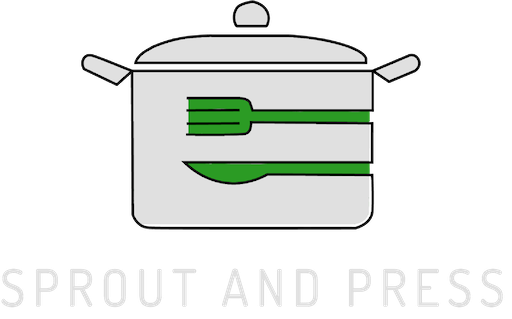If you’re looking for an over the sink board to replace your current one, it can be hard to choose which one is best suited for your kitchen design. This is why we’ve put together a few tips that will help you narrow down your options. As with most things in life, it all comes down to personal preference. So read on to find out more about the advantages and disadvantages of each board.
These two types of cutting boards offer similar advantages. For those of us who want something non-stick, a wooden board may be the way to go. While plastic doesn’t offer the same appeal, it does offer a much better resistance to foods such as pizza and lasagna. If you like to bake a lot, you’ll want something made of plastic.
One of the major advantages of these products is the fact that they are completely safe for food preparation. While plastic is completely safe for raw foods, it’s not so safe for cooked foods. The same can be said for rubber boards made of wood. While you wouldn’t want something with a wood coating damaged, you also wouldn’t want something cooked on it to become damaged as well.
Both of these products are ideal for use on countertops. This is where you’ll want something sturdy and durable enough to handle the rigors of your kitchen countertop. Both of these products are available in a wide variety of different colours, styles, and finishes, so picking the one that fits best into your kitchen design should be fairly easy. Even if you don’t have a specific design in mind, you should still be able to find a plastic or wooden over the sink cutting board that suits your current decor and colour scheme.
Rubber boards are generally used for countertop applications, but they can also be used for chopping boards and other kitchen equipment. These plastic-type products tend to be very durable, so even though they are likely to get scuffed up, you shouldn’t have any worries about them being destroyed in the same way that wooden cutting boards may get scratched and damaged. It’s important to note that these types of products don’t usually come with blades for chopping. Therefore, you will have to purchase some separate blade holders to get the job done.
Wood boards typically come with saw-tooth grooves. These grooves allow the user to chop through tough things such as vegetables and onions without having to worry about damaging the board or making a mark in the food. However, some boards can also have cross grooves, which allow for more delicate items such as lettuce to be sliced safely. Grooves on a wooden board tend to be wide enough that the knife will have no difficulty sliding across it to cut the vegetables into a variety of shapes.
Plastic cutting boards can be purchased in a wide variety of colours, styles, and sizes. They are also available in a number of different thicknesses, which correspond to the size of various utensils that users will want to purchase. This is particularly useful for small kitchen appliances, such as blenders and food processors, since they often come in thinner sizes than typical kitchen chopping boards. When shopping for cutting boards, it’s always a good idea to figure out how much space you’re going to need before shopping so that you’ll be able to choose a board that won’t take up too much room or get in the way of other smaller items in the kitchen.
It may be easy to find several types of cutting boards, and it’s always a good idea to look at a picture of them to see what they look like when fully assembled. The better manufacturers will provide clear pictures of their products, and these pictures can even be purchased online. The only drawback to shopping online for cutting boards is that it may be difficult to bring one home once you have decided on which model you want. This is usually not an issue with cheaper brands, though you may have to look for them in specialty stores.

Isabelle Johnson is a fitness expert and yoga trainer with over 12 years of experience as a dietician. Her knowledge of nutritional facts has made her take to the web with her blog, Sprout and Press.
Isabelle lets her audience understand products used in the kitchen, which can improve your diet, add more convenient ways to juice, create smoothies, and do so much more. Her blog informs readers about the newest kitchenware and the benefits each ingredient brings to the table. In 2016, sproutandpress.com was founded to share her knowledge with the world and inspire a better, healthier tomorrow.

